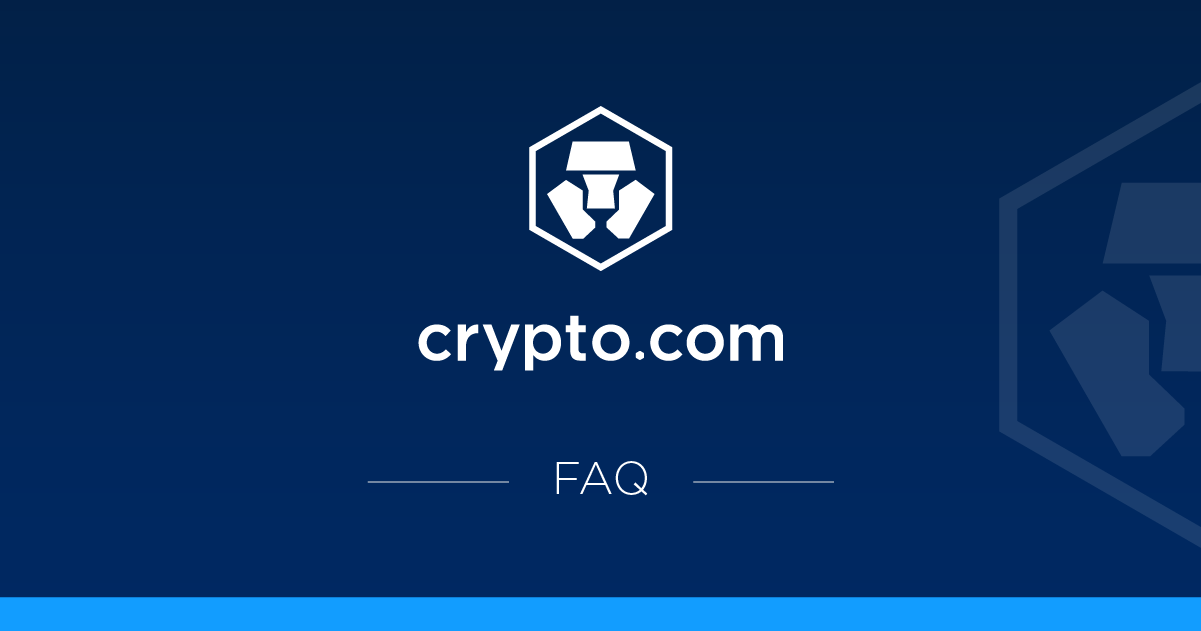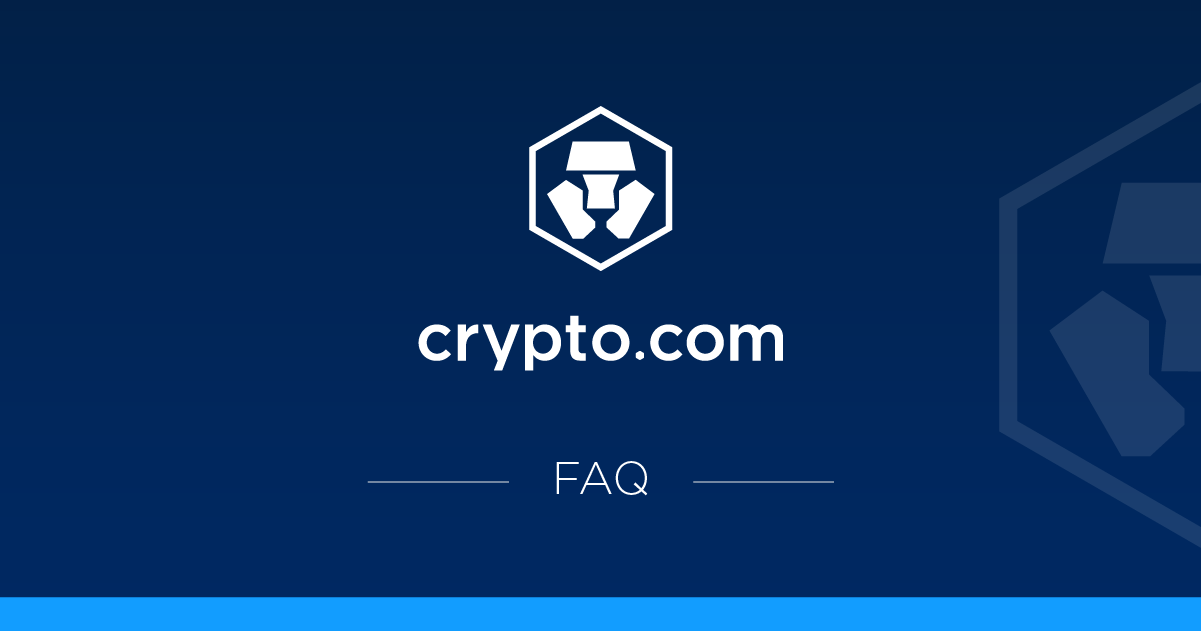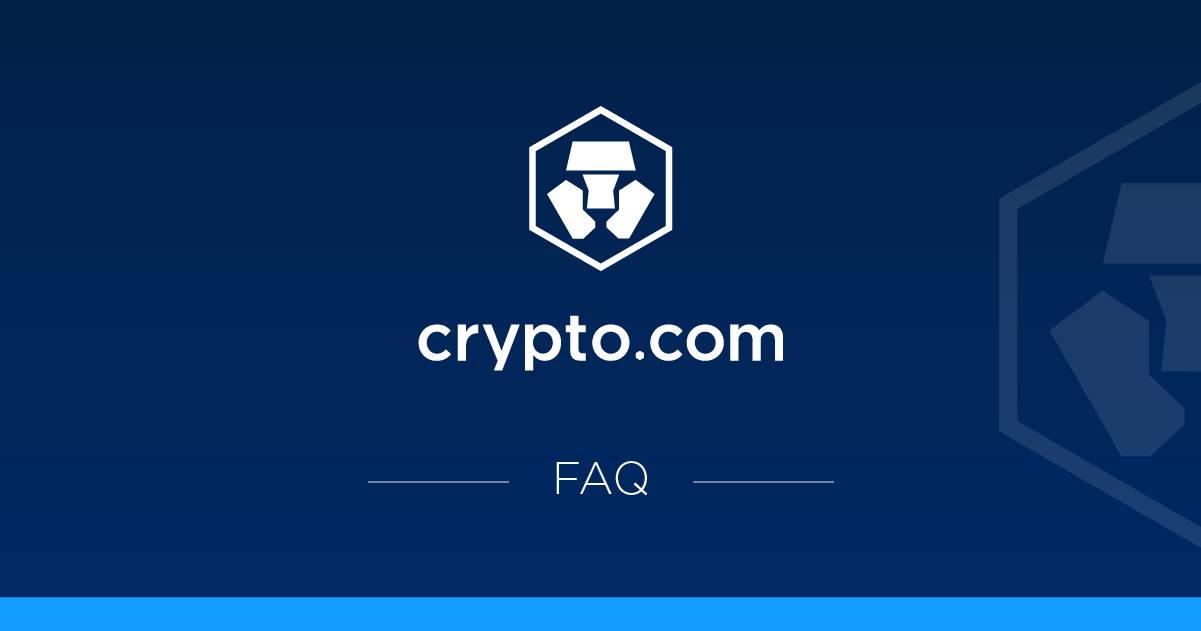What is Stop Loss?
Stop Loss allows you to determine when to limit your loss from a trade. When you set a Stop Loss, it will create a Stop Market Order for your position. This will determine the exact time when the position will be automatically closed at the set protection price.
What is Stop Market Order?
The orders you place for Stop Loss are protected Stop Market Order orders. These are contracts that are bought or sold at a certain price or better. A Stop Loss Market order means that it will send a market order with protection in an attempt to automatically close the position when the contract price reaches the protection price. The Stop Loss order can be filled within a set slippage tolerance based on the protection price. All Stop Loss orders are made on an immediate-or-cancel (‘IOC' basis), meaning that the order requires immediate execution or cancellation. It may be fully or partially filled, with the entire order balance automatically canceled. This is also known as ‘partial filling'.
Why is Stop Loss important?
By setting a Stop Loss, you can better manage the profit and loss of your positions when you place an order without worrying about a full loss. You can also adjust the Stop Loss level to your positions at any time, so you don't have to manually track and close your positions to limit the loss.
Are there any restrictions on setting Stop Loss?
Stop Loss can be set for both Strike Options and UpDown Options offered by Crypto.com | Derivatives North America. The same Stop Loss order will apply to all contracts in the position. For example, if you have a long BTC Strike Options position at a strike price of $70,000 and a size of 10 contracts, the Stop Loss order will apply to all 10 contracts at the same protection price. However, different Stop Loss orders can be set for other positions. Assuming you have another long BTC Strike Options position at a strike price of $71,000 with a size of 5 contracts, you can set a Stop Loss order at a different protection price with a different slippage tolerance for that position. If you set a Stop Loss for your Rolling Strike Options position, keep in mind that the Stop Loss level will only apply to the existing position and will not be carried over to the next position initiated by Auto Roll. For the same position, you can set either Take Profit or Stop Loss but you are free to change your settings even after opening the position. For example, you can cancel your original Take Profit order and create a new Stop Loss order before closing or expiring your position.
How many types of Stop Loss settings are available?
You can set up your Stop Loss order by setting how you want the order to be executed based on one of the following options:
- Contract Price
- Loss of Dollars
- Percentage Loss
Contract Price
The contract price you set will be used to create a Stop Loss order as the protection price. The order will be fulfilled within the slip tolerance set in accordance with the price of protection, if there is sufficient liquidity.
Loss of Dollars
The loss you set (in dollars) refers to the total loss you may lose from the entire position after deducting fees. It must be in a negative number. A contract price that most closely simulates the amount of the set loss will be calculated and used to place your Stop Loss order. If you have a long position, the following formula will be used to calculate the price of your Stop Loss order, which is rounded up to the portfolio size.
Percentage Loss
The loss you define in percentage refers to the total loss in percentage of the entire position after deducting fees. The contract price that most closely simulates the set loss percentage will be calculated and used to place the Stop Loss order.
Method 1 – When opening a trade
Select a contract (Strike or UpDown Options) to trade Click on “Advanced Trading Options” on the trading
screen Activate Stop Loss in the Advanced
Trading Options menu Select a Stop Loss type from the download
menu Enter a valid amount/value according to the selected
Stop Loss type Click “OK” to save your Stop Loss setting. The order will only be generated after your trade has been executed successfully. If the trade is not executed, The command will not be generated and you will receive a push notification.
Method 2 – When Managing an Open Position
Check your open position details Click on “Position Details” at the bottom of the screen Click on Stop Loss to set it or change an existing
setting Enable Stop Loss in the menu set out Advanced Trading Options
Select a Stop Loss type from the downloads
menu Click OK to send a Stop Loss
order will trigger a Stop Loss order after you click on the confirm button. If the order is not generated, You will receive a push notification.
Can I change the Stop Loss setting after I've confirmed it?
You can change your existing Stop Loss setting at any time before closing or expiring your position using one of the above methods. You can also remove the Take Profit setting at any time before the position closes or expires by using one of the methods above to cancel the Stop Loss and click “Confirm”. If you change the Stop Loss order when opening a trade for the same instrument, the order will only be updated after your trade has been executed successfully. If the transaction is not executed, the order will not be updated.
Does the Stop Loss setting guarantee the defined loss?
No, it does not guarantee the loss by setting a Stop Loss for your position due to the following reasons.
- Filled with slip tolerance
- Partial filling
- No leakage









